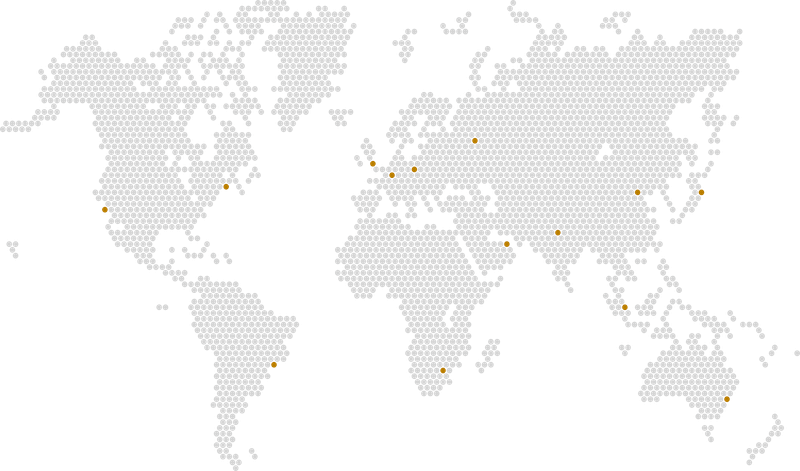
Are you tired of unexpected production delays? Do you feel like you’re losing money on every order that falls behind schedule? You’re not alone. In today’s competitive market, even a small bottleneck can have a huge impact on your bottom line and your customers’ trust.
At UpKaizen, we specialize in helping small to medium-sized manufacturing and logistics businesses find and fix these hidden problems. In our experience, the first step is knowing where to look.
Here are five of the most common bottlenecks we find in production lines and how you can spot them in your own plant.
1. The Quality Control Queue
This is one of the most frequent—and frustrating—bottlenecks. You might think your quality control team is doing a great job, but if they are constantly overwhelmed, they’re probably a bottleneck. When products pile up waiting for inspection, the entire production line grinds to a halt.
How to Spot It:
- Visuals: Look for a physical pile-up of products waiting at the quality control station.
- Numbers: Check the data. Is the time from product completion to final inspection consistently higher than your target? Are products being returned to production for rework more than once? High rates of defects or rework are a huge red flag that your quality control process needs to be re-evaluated.
2. Insufficient Training or Skills
Your team is your most valuable asset, but a lack of training can quickly become a major bottleneck. When employees don’t have the right skills or don’t know the most efficient way to operate a machine, it leads to mistakes, slow performance, and unnecessary machine downtime.
How to Spot It:
- Observe: Watch your production floor. Is there one specific machine or task that consistently takes longer than others? Is the same employee frequently asking for help or making mistakes?
- Listen to Your Team: Hold regular check-ins with your supervisors. They’re on the front line and can often identify which employees or teams need extra training. Learn more abour our Tailored Training in Operational Excellence.
3. Poor Inventory Management
If your production team is constantly waiting for parts or materials, your inventory system is a bottleneck. Poor inventory management leads to shortages, which cause a ripple effect of delays throughout the entire process.
How to Spot It:
- Ask the Team: Talk to the people on the floor. Are they frequently reporting that they are waiting for materials?
- Look at the System: Review your inventory reports. Are there frequent “out of stock” alerts for critical components? A lack of real-time visibility into your inventory can hide a major bottleneck.
4. The Data Black Hole
Today’s manufacturing relies on data, but if you don’t have a way to collect and use it effectively, you’re flying blind. When you lack visibility into your operations, you can’t accurately identify what’s causing your delays. You might have a hunch, but you won’t have the hard data to back it up.
How to Spot It:
- Gut Feeling: Do you feel like you’re constantly putting out fires but you’re not sure where they’re coming from?
- Lack of Reports: When was the last time you reviewed a report on machine uptime, defect rates, or employee efficiency? If you’re relying on manual logs and spreadsheets, your lack of data is a major bottleneck in itself.
5. Unplanned Machine Downtime
This is a classic bottleneck. An old machine, a lack of preventative maintenance, or an operator error can cause a machine to stop working unexpectedly. This not only halts production but can also cause other machines to sit idle, creating a cascade of delays.
How to Spot It:
- Ask Around: Talk to your maintenance team. How often are they being called for emergency repairs? What are the most common causes of these unplanned stops?
- Track It: If you’re not already, start tracking unplanned downtime and the reason for it. This will give you a clear picture of what’s causing the most delays.
Ready to Fix Your Bottlenecks for Good?
Identifying a bottleneck is the first step, but fixing it requires a clear plan.
At UpKaizen, we’ve developed a Micro-diagnostic for Production Efficiency to help you find and fix the root cause of your production issues. In just 72 hours, we’ll provide you with a clear, actionable report that pinpoints your biggest bottleneck and gives you immediate steps to improve.
Download our free brochure and take the first step toward a more efficient operation.





